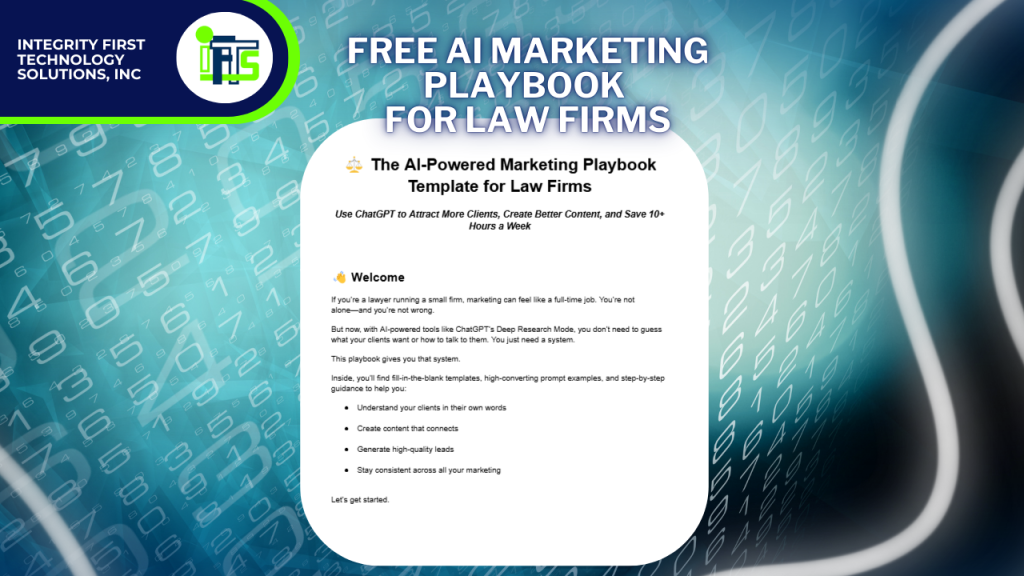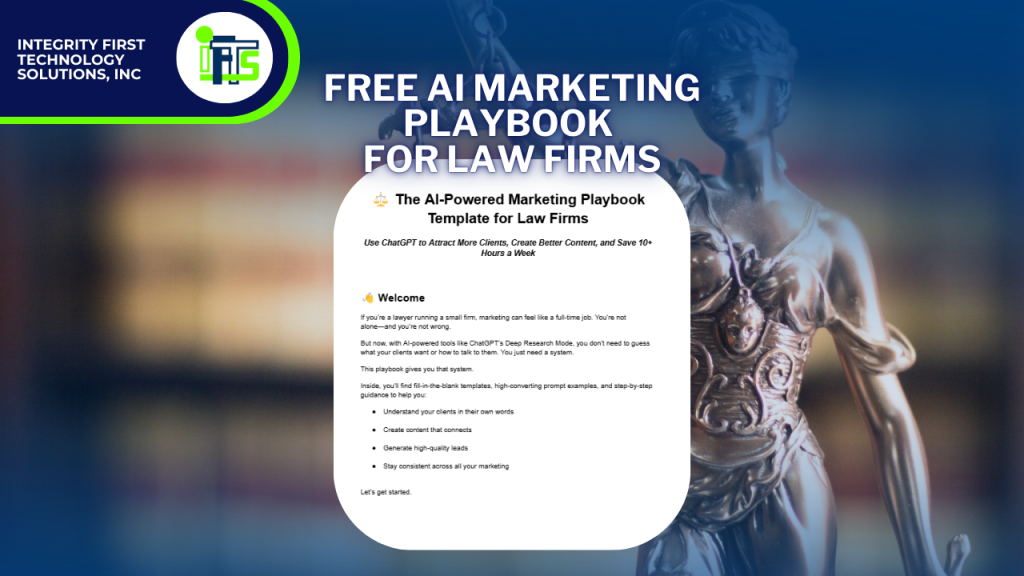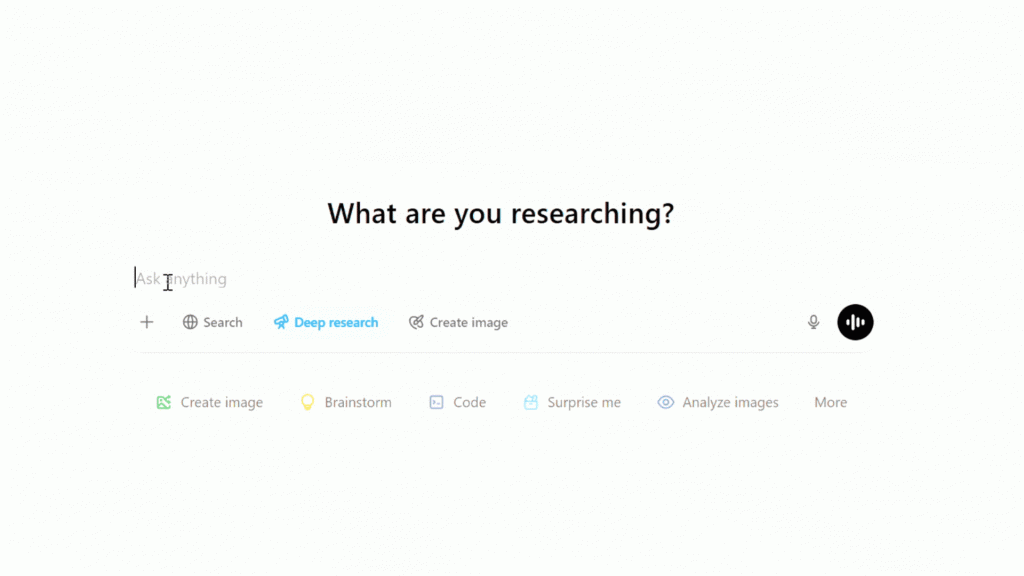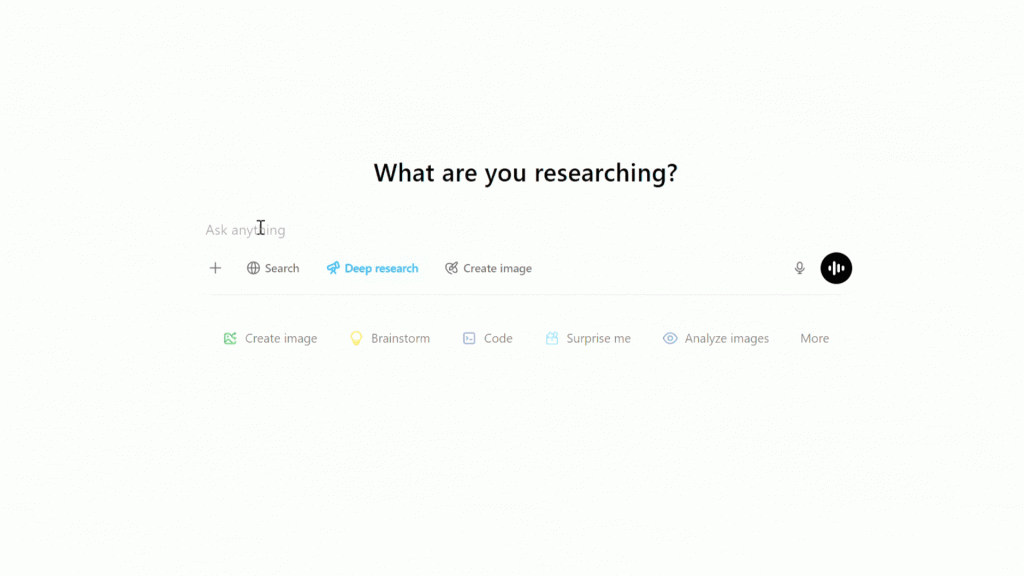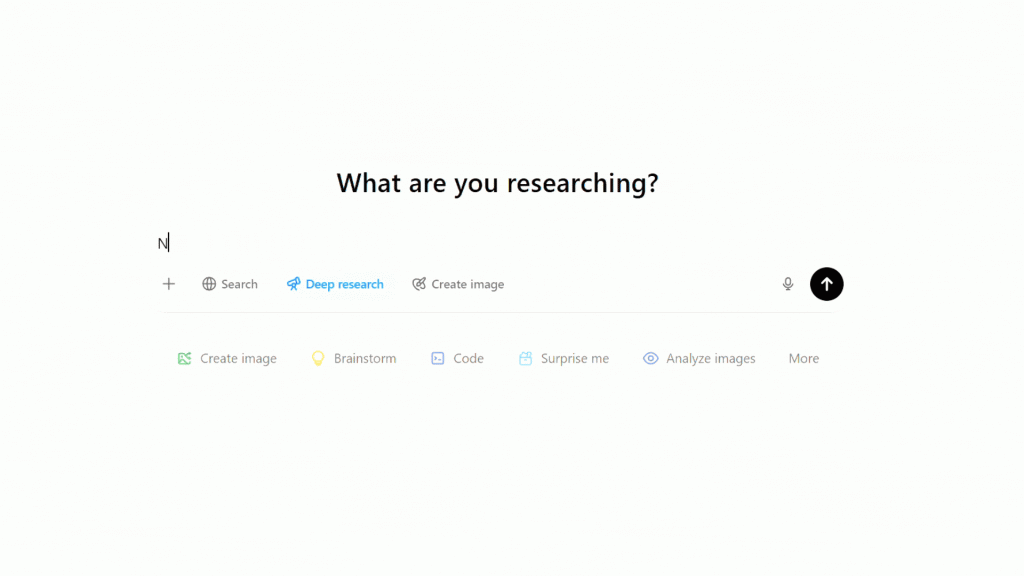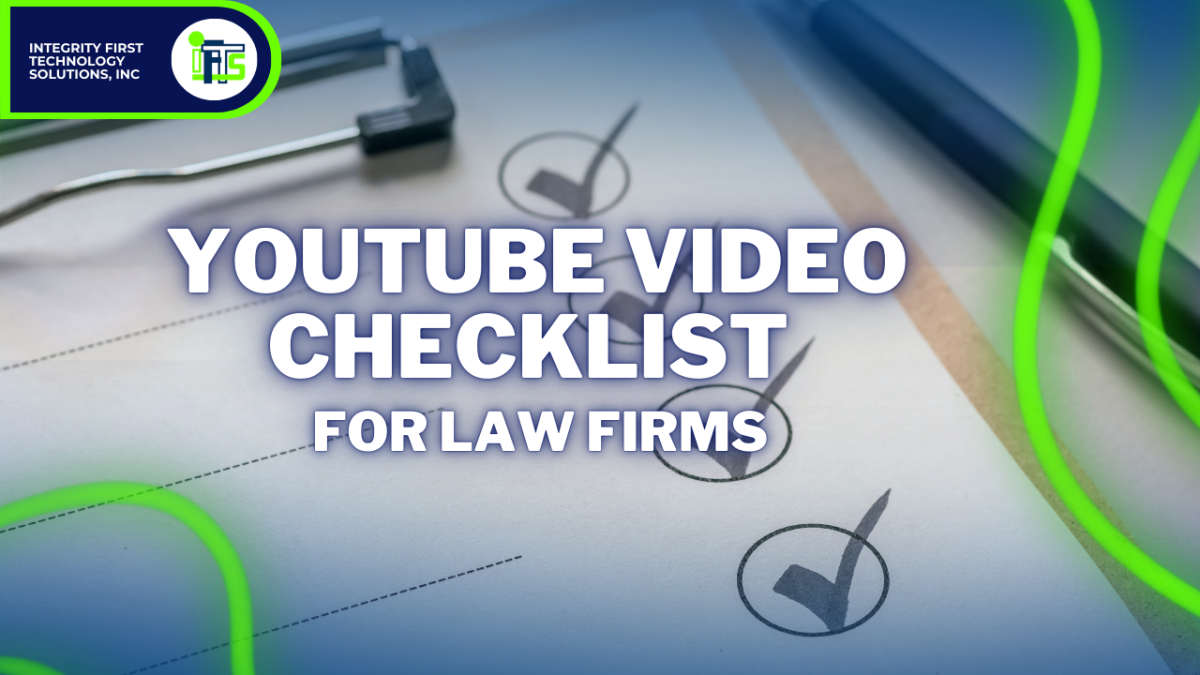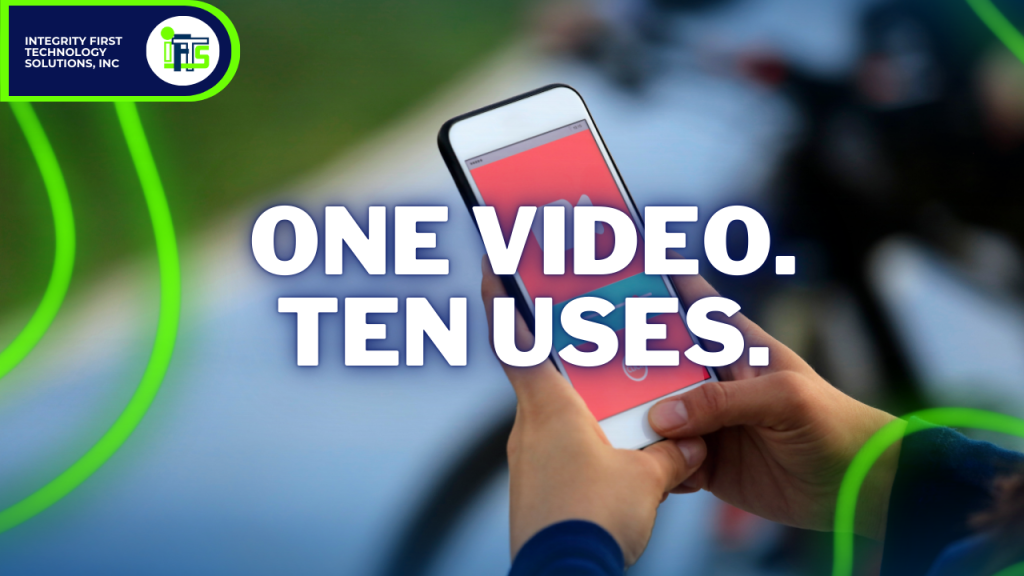In Part 1, we showed you how to use ChatGPT’s Deep Research Mode to understand your clients and create content that actually connects.
But what comes next?
Today, we’re taking that insight and turning it into two powerful marketing tools your law firm can start using immediately:
- ✅ A Marketing Playbook that keeps your messaging sharp and consistent
- ✅ A Lead Magnet that actually converts visitors into qualified leads
And the best part?
We’ve already built a free AI-Powered Marketing Playbook Template for you—so you can skip the hard part and get started right away.
Step 1: Build Your Law Firm’s Marketing Playbook

Your Marketing Playbook is your firm’s secret weapon.
It’s not just a document—it’s a strategy hub that ensures everything you publish is aligned, intentional, and conversion-ready. It includes:
- Your ideal client avatar
- Key pain points and common objections
- The exact words your clients use and respond to
- Your brand voice—so every piece of content sounds like you
With a Playbook in place, there’s no more guessing when it’s time to write a blog post, record a video, or run a paid ad. You’re consistent—and clear—everywhere.
🔍 Try This Prompt:
“Create a marketing playbook for a [type of law firm] in [city]. Use real client language from forums, reviews, and social media to identify pain points, objections, and messaging themes. Include the client avatars that we discussed already.”
In the past, you’d hire a branding agency to put this together. Now, you can get 80% of the way there with ChatGPT—and finish it with your own insights.
And yes—our free template includes a plug-and-play version of this prompt.
Step 2: Create a Lead Magnet That Converts
Once you’ve nailed your messaging, it’s time to attract leads—and that’s where your lead magnet comes in.
A lead magnet is a free resource (like a checklist, guide, or short video series) that you offer in exchange for a potential client’s contact info. When done well, it can increase your lead generation by up to 55%.
Unfortunately, most law firms miss the mark by offering something vague like:
“The 5 Legal Mistakes to Avoid”
Let’s be real—no one’s downloading that anymore.
✨ ChatGPT to the Rescue
Here’s a powerful prompt to create an irresistible lead magnet for your ideal client:
“Based on your deep research into [practice area], what kind of lead magnet would my ideal client find irresistible—and how should I position it to align with my legal services?”
For example, if you’re an estate planning attorney, ChatGPT might suggest:
“A guide to avoiding probate without spending a fortune.”
It’s specific, emotionally resonant, and naturally leads to your service.
📬 Then Follow Up With:
Once someone downloads your lead magnet, don’t let the conversation end there. Send them:
- A short welcome email
- A personal story or case study
- An invitation to book a consultation
And yes—our Playbook Template includes a structure for that email sequence too.
Recap: Your Law Firm’s 3-Step AI Marketing System

- Use ChatGPT’s Deep Research Mode to uncover what your clients actually care about
- Build a Marketing Playbook to guide everything you say
- Create a Lead Magnet that speaks to real pain points and drives real conversions
Download the Free AI-Powered Marketing Playbook Template
Inside, you’ll get:
- Pre-written ChatGPT prompts
- Fill-in-the-blank frameworks
- A lead magnet brainstorming tool
- And more—all tailored for law firms
